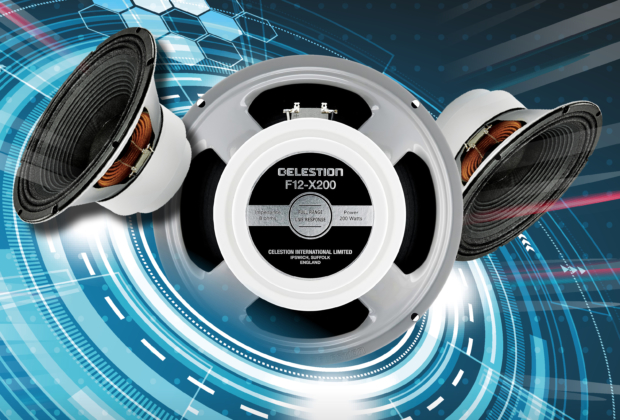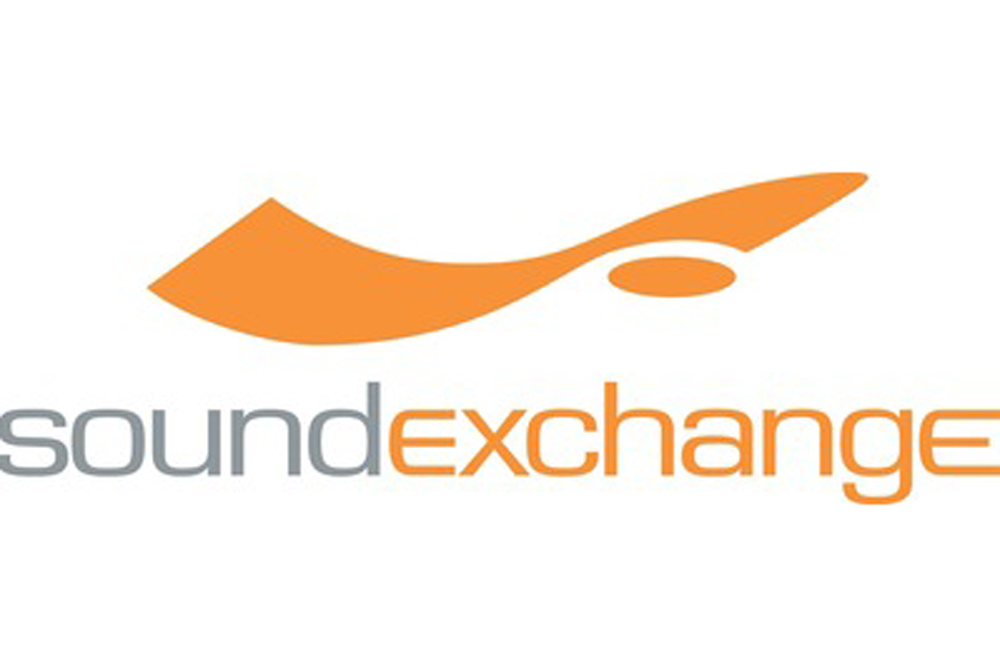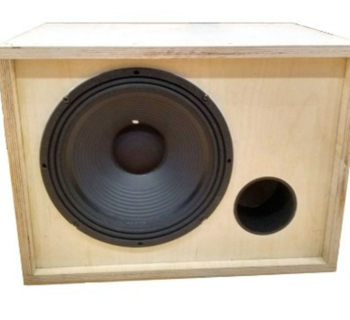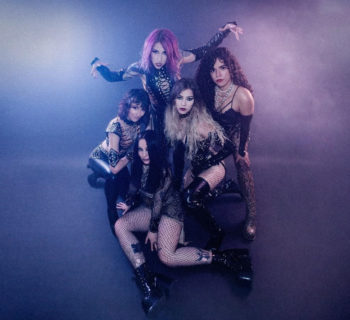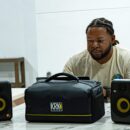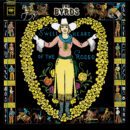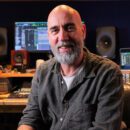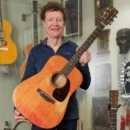Celestion has long been one of the world’s premier manufacturers of guitar speakers. While the company has been famous for building guitar speakers since the 1960s, their roots actually go back much further, to the 1920s when the company started building speakers for radios.
Today, as the market for guitar amps and speakers changes, Celestion has embraced the 21st century way of music making by adding to their product range “digitally downloadable tone,” available through a new online store, CelestionPlus.com. This site is dedicated specifically to marketing impulse response (IR) models of all Celestion’s current range of iconic guitar speakers, including the Vintage 30, Greenback and Alnico Blue, as well as IRs of Celestion-loaded Blackstar, Vox, Laney Orange and Suhr cabinets.
The F12-X200 is Celestion’s first full-range live- response physical speaker designed to work with the latest generation of modeling preamplifiers. The F12-X200 reproduces frequencies 60 HZ all the way to 20 KHz with the higher frequency reproduced using a Celestion compression driver, which is integrated using a high-quality crossover circuit. The Celestion has a free plan for a dedicated speaker cabinet for the F12-X200 on the Celestion Plus website which Fred Renner, a luthier friend of mine, helped me build. This speaker is intended to reproduce the output from a modelling amp across the entire frequency band without adding any additional coloration, but it will still “feel” like a traditional guitar speaker.
An Impulse Response can be thought of as the acoustic characteristic of an object as it responds to a given input signal, distilled into a digital file just a few milliseconds long. For guitarists, this means the sound of a specific speaker inside a specific cabinet within a particular environment (in this case, a recording studio).
To effectively record a guitar cabinet is a science unto itself and requires the correct acoustic environment as well as high-quality microphones and the ability to capture that sound in high resolution. Celestion has gone through a tremendous amount of time, trouble, and expense to faithfully recreate the actual sound of many of the world’s iconic speakers. All the Impulse Responses have been recorded by top engineers in world class recording studios. Most of the Impulse Responses have been recorded using three microphones in six positions, effectively reproducing the actual sounds of the speaker cabinets being recorded “live” in a critical listening environment.
It is important to understand the significance of being able to “take with you” the actual Impulse Response of your favorite guitar speaker cabinet over any previous generations of digital modeling amplifiers. While there have been a lot of digital modeling products that offer combinations of cabinets and amplifiers, they all fall short in one critical aspect: they have not actually captured the physical properties of what that speaker is actually doing acoustically. Early generations modeling amplifiers tried to take advantage of this technology with simulated digital algorithms but fell drastically short of reproducing the acoustic properties of what a real speaker sounds like while it is being recorded.
It took me a while to actually figure out how to make this technology “work,” and in the process I discovered that there were several options out there in the marketplace that were capable of importing Impulse Response files. Once loaded, you can virtually “mix and match” all of your available guitar amps, speakers and cabinet models in ways that would otherwise be impractical if not impossible.
The rig that I currently use in my studio consists of a Quilter Interblock 45-watt amplifier that weighs less than two pounds. The Quilter Interblock has both a speaker and a balanced line output so I can record into the F12-X200 for monitoring on the other side of the room I use for my home studio. I can also monitor direct through my studio monitors. For a preamplifier, I use an Atomic AmpliFIRE, one of several available modeling preamplifiers in the marketplace that can import third party Impulse Response wave files. I also use Line 6’s Helix Native ProTools plug-in, which again has the same ability.
When you hear these Impulse Responses played back in your studio monitors, the difference (compared to the last generation of modeling amplifiers) is night and day. Performing live, you now can take your favorite guitar cabinets virtually to your next gig or recording session.
The result of all this technology is truly liberating. I really do find that I now can play and record with a drastically reduced physical footprint of equipment without sacrificing great tone.

